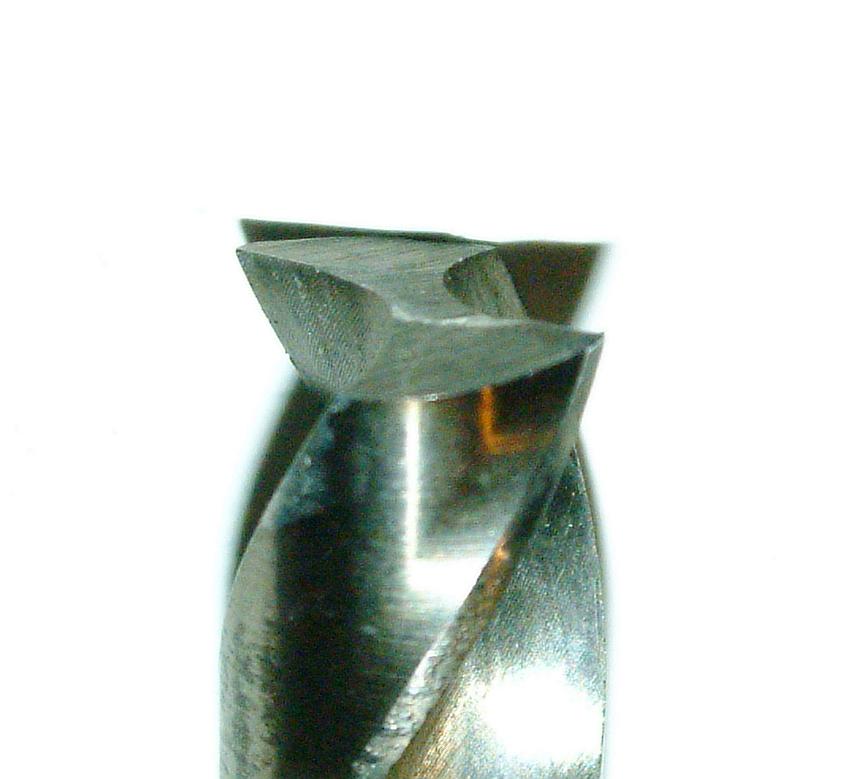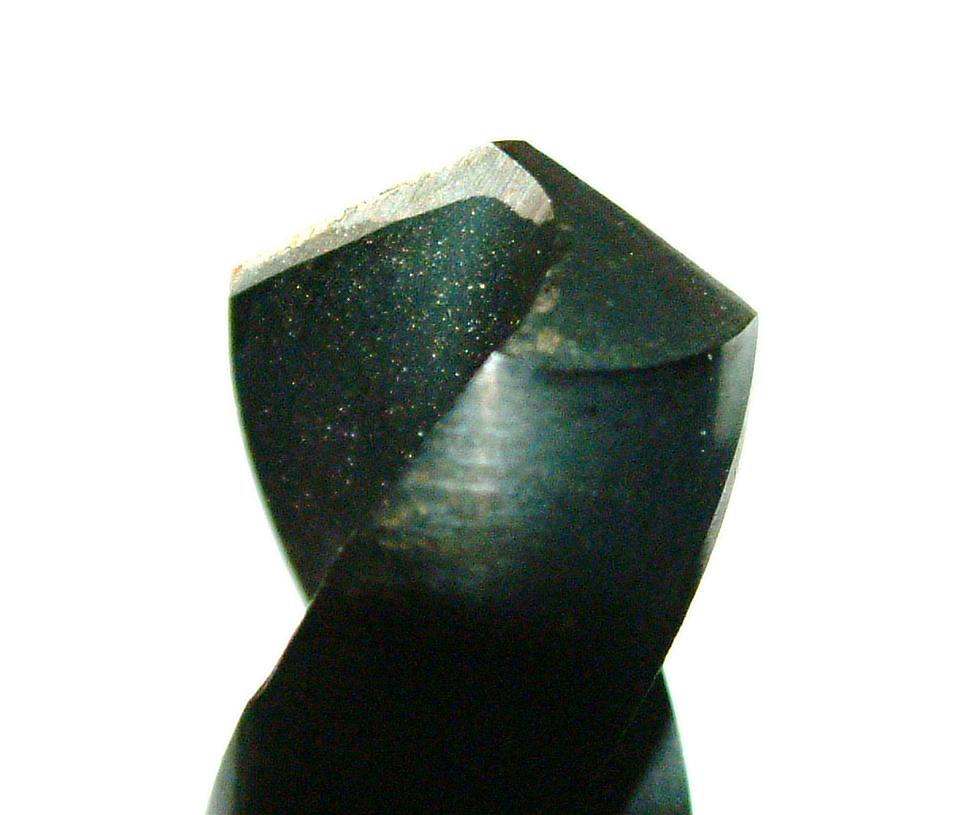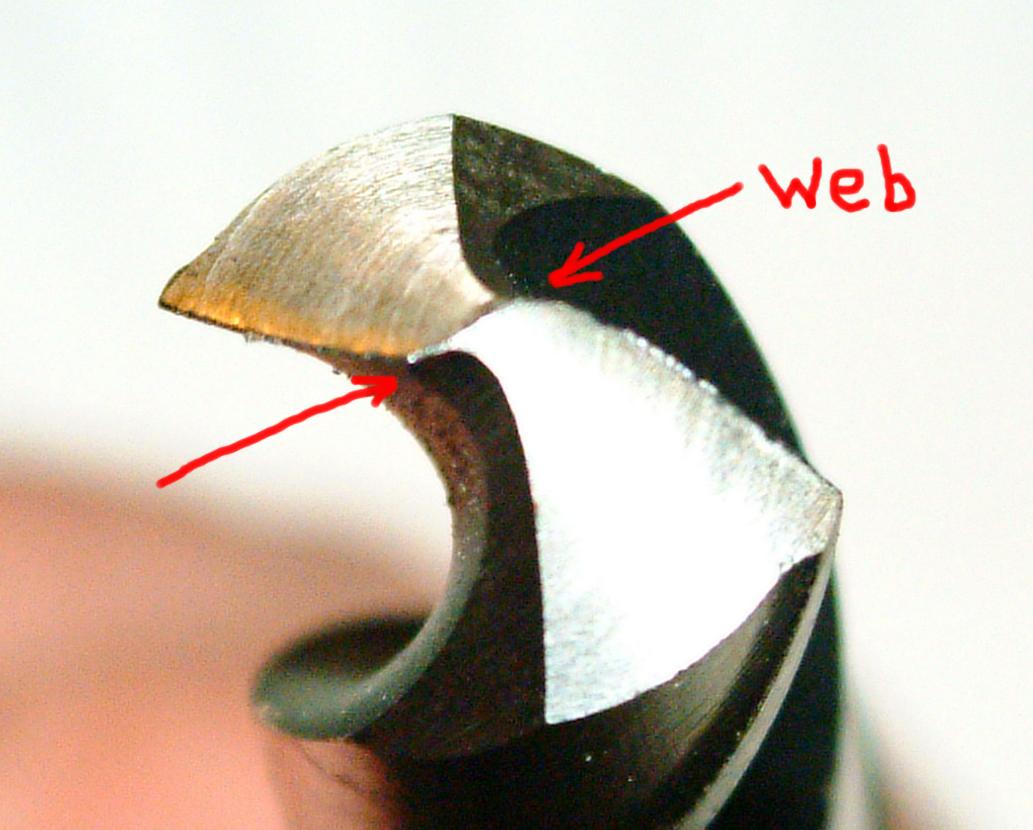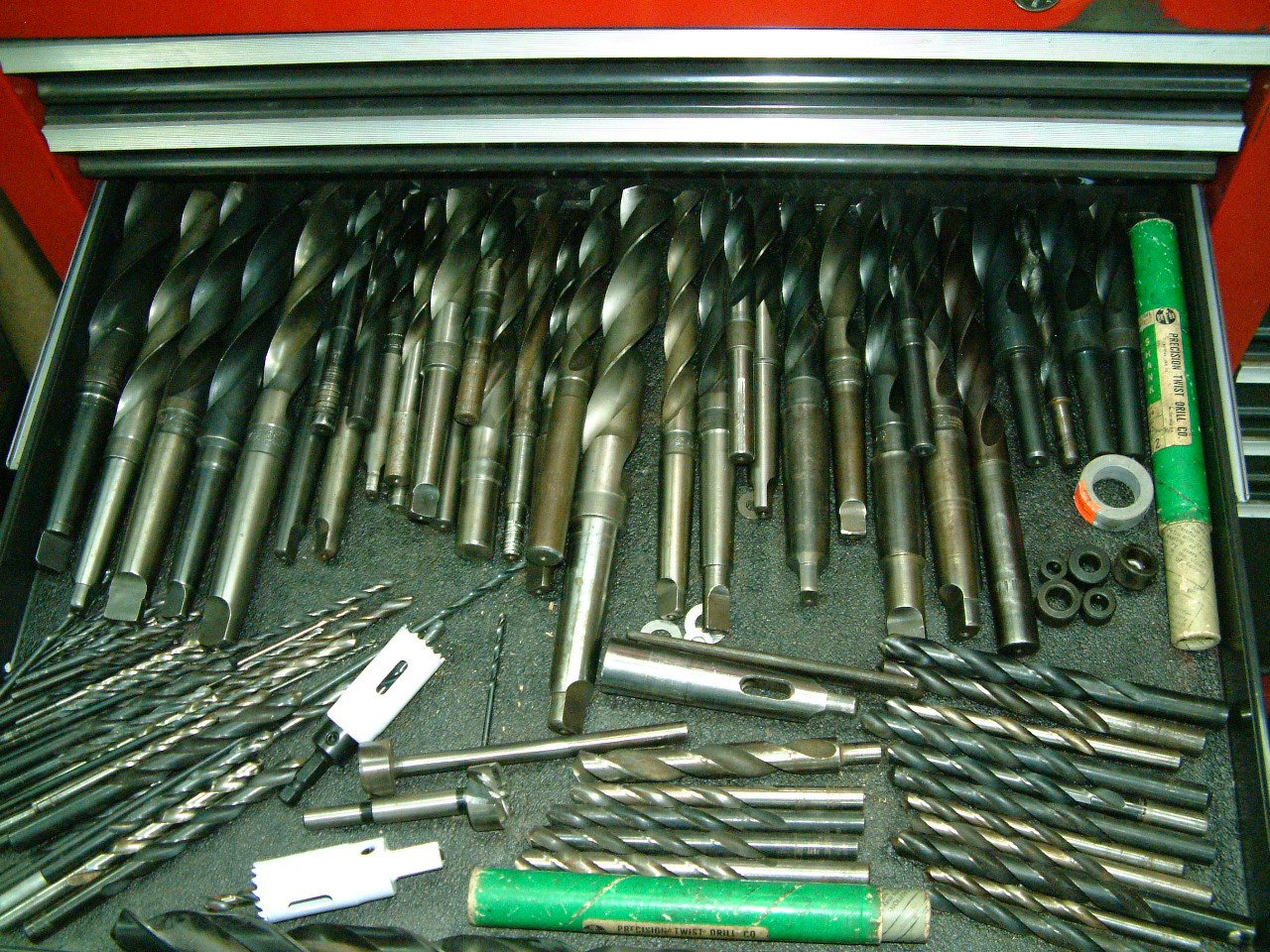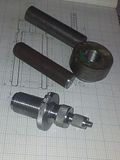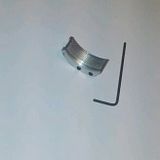Find a good source for 12L14 steel and aluminum round bar. Best thing ever for little lathe work. Cheap and easy to turn.
0XA Quick Change Tool Holder. Lets you run a real parting blade, and is pretty quick for changing out a couple bits, say turning, chamfering, knurling, then parting in a small piece... in seconds. Nice when you have to sharpen them, no tools needed. Until you get the parting blade, keep a hacksaw handy.
Vernier Caliper. Works for inside/outside/depth measurement, and chips wont mess up the gear rack. Not super accurate, but on mine the outside jaws match my micrometer measurements. Usually one measurement type will be off of the others by .001" or so, but not usually an issue.
Drill chuck for the tailstock, and a big drill index by the lathe. Now that you have a lathe, everything needs a bushing or a threaded hole on the end.
Ignore the carbide stuff. Waste of time. The HSS bits are cheap and super versatile once you learn to sharpen them. And you can build your own boring bars and such with little HSS bits.
Get an empty tuna can and an acid brush, put a magnet on the bottom, and put a bit of cutting oil in it. It rests well on the headstock, you won't be dribbling oil all over everything trying to drip it out of a bottle.
I use a small oil bottle for lubricating the ways, it sits right close too. That way you can do it often.
Oh, and a 1 1/2-2" paintbrush for clearing chips.
And if you can get a desk lamp sitting over the top, you'll be in tall cotton!

|
   
   
|


|



 Reply With Quote
Reply With Quote









 USAF RET 1971-95
USAF RET 1971-95
